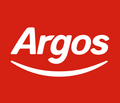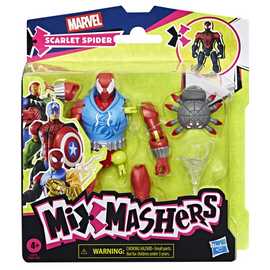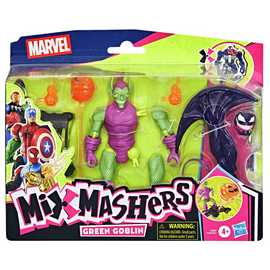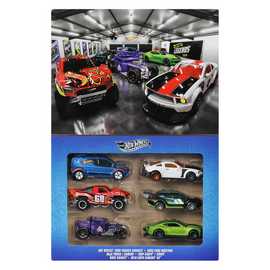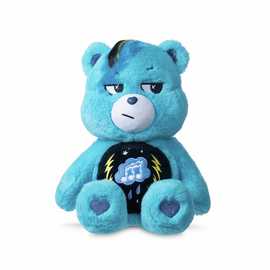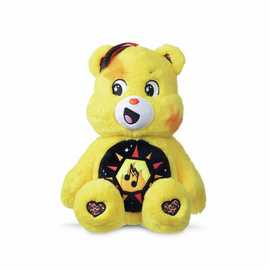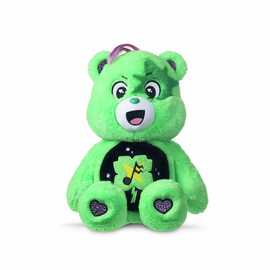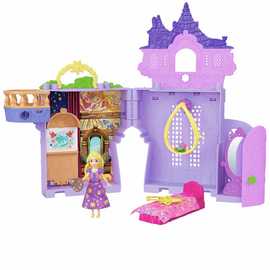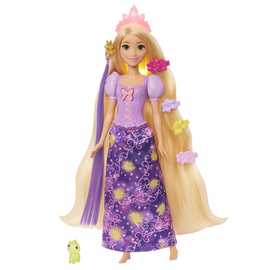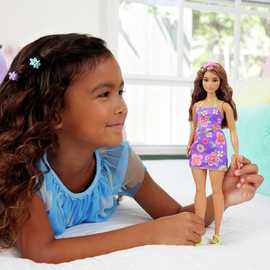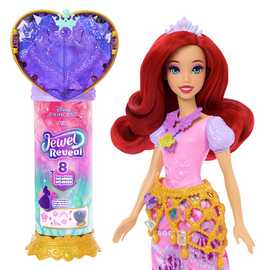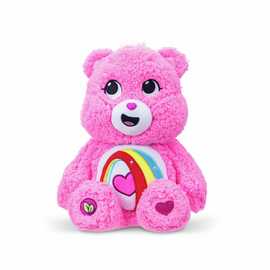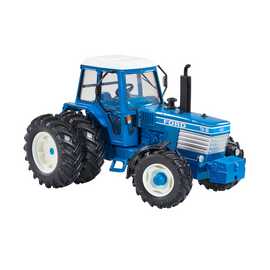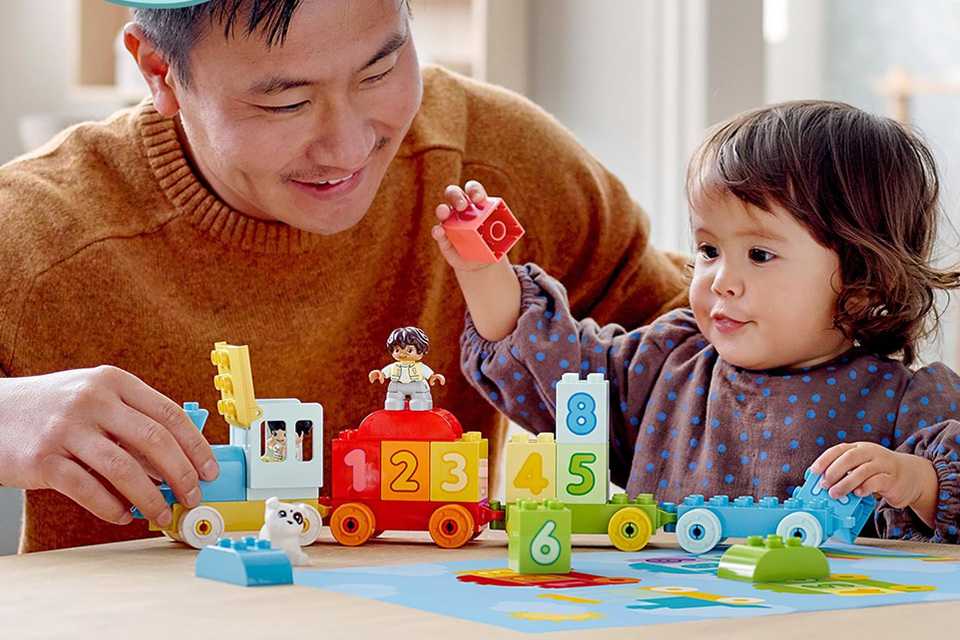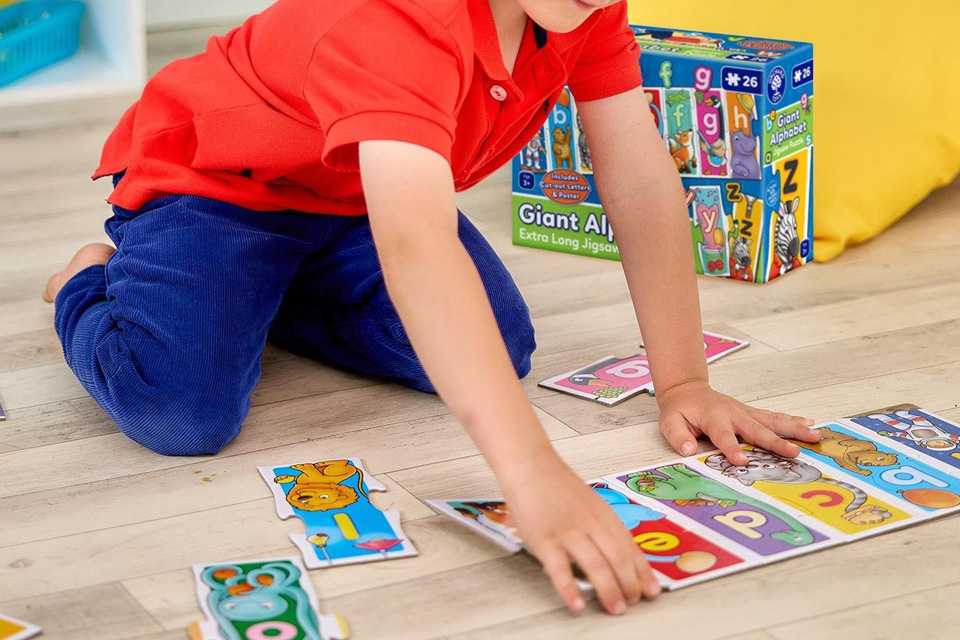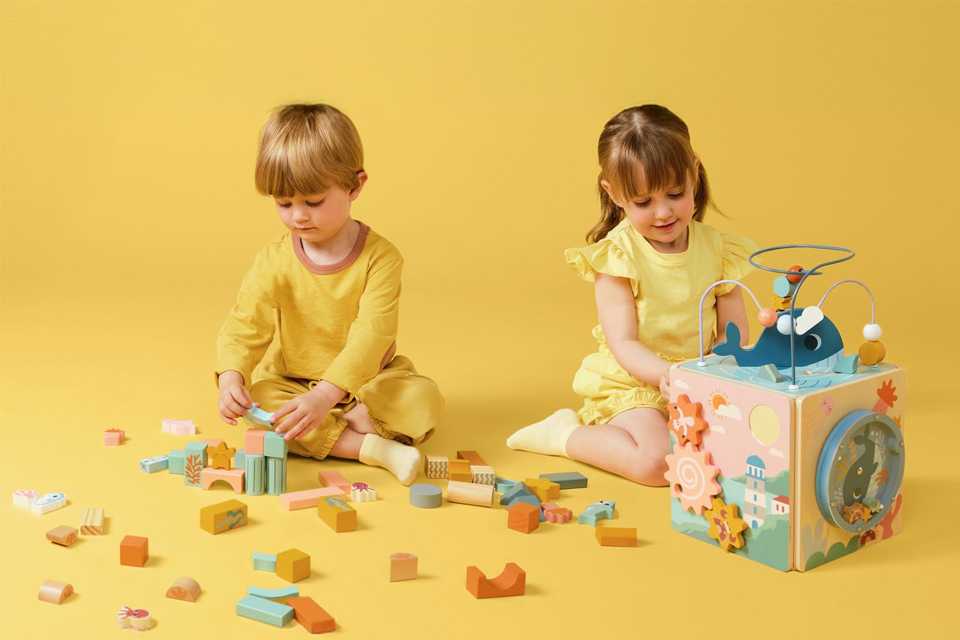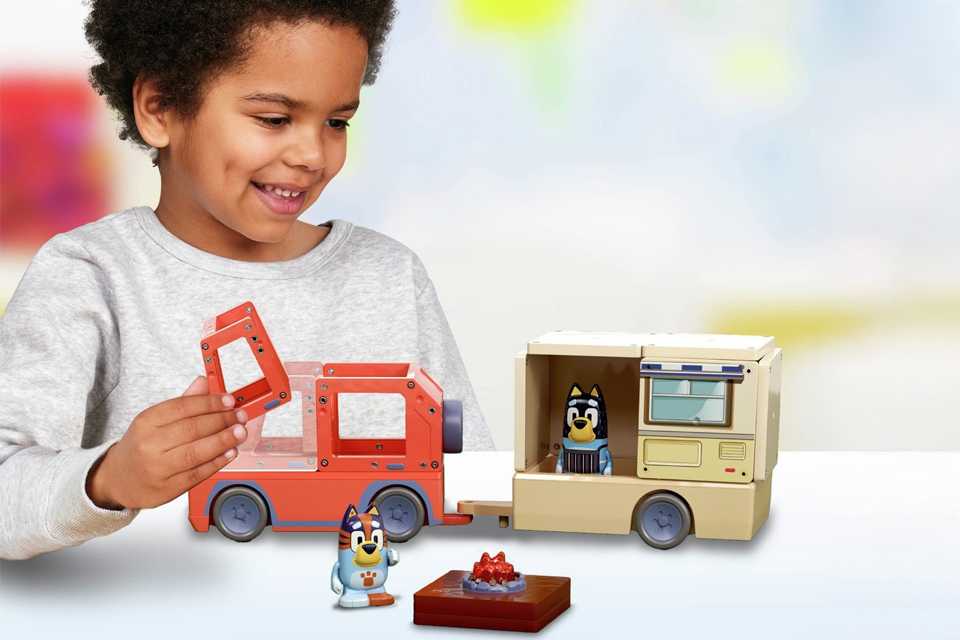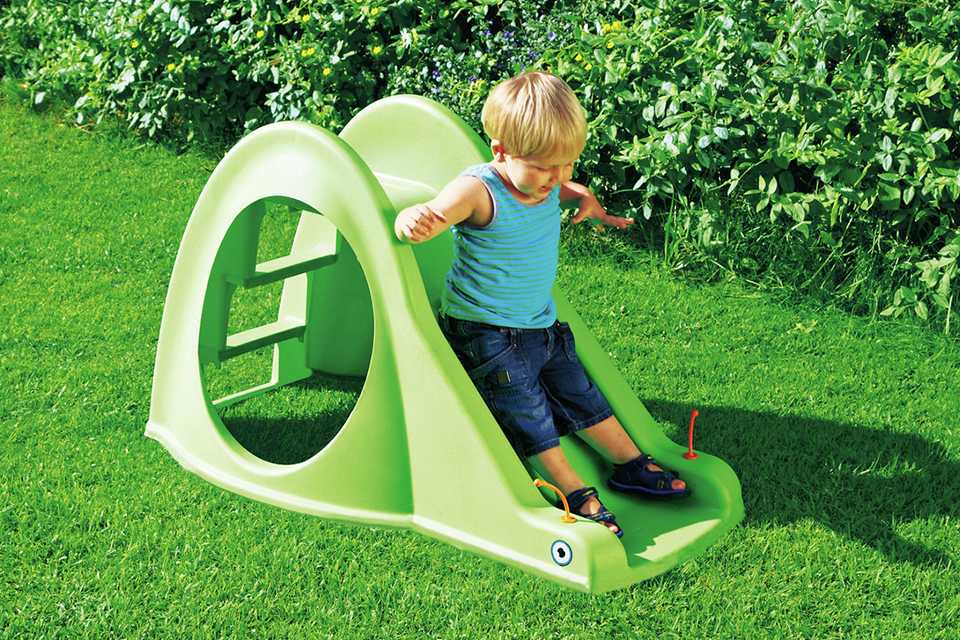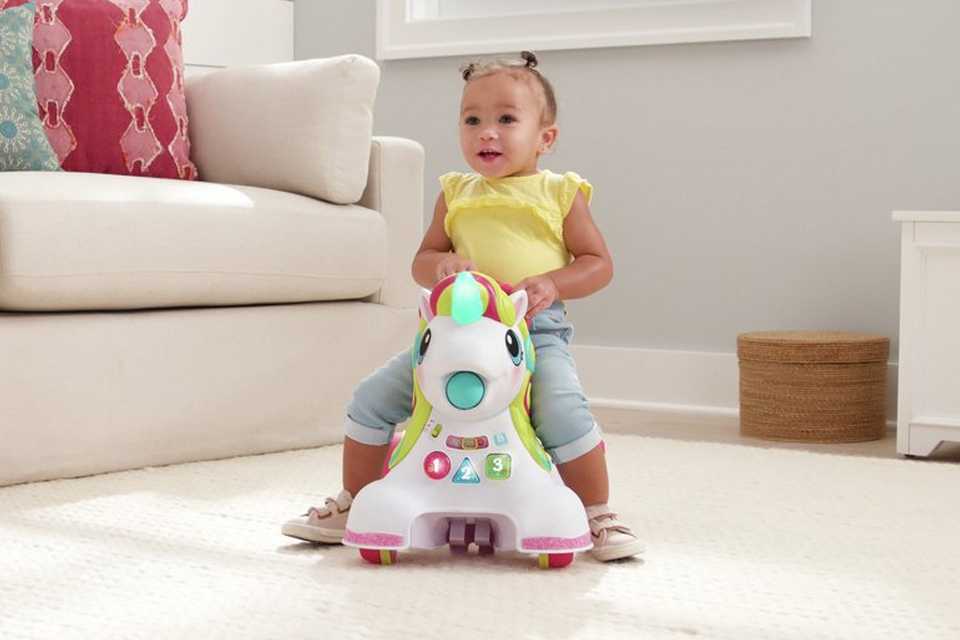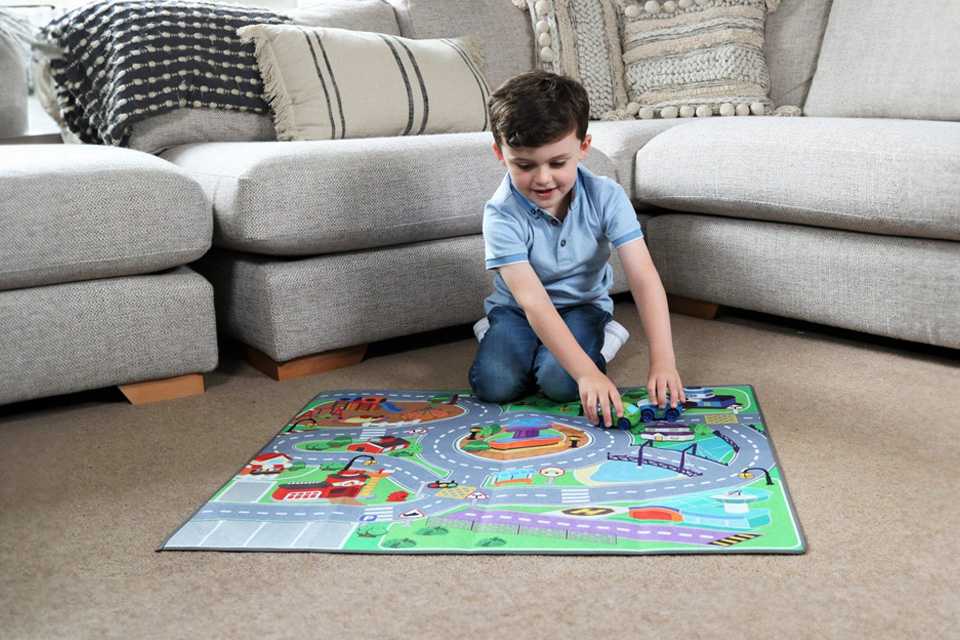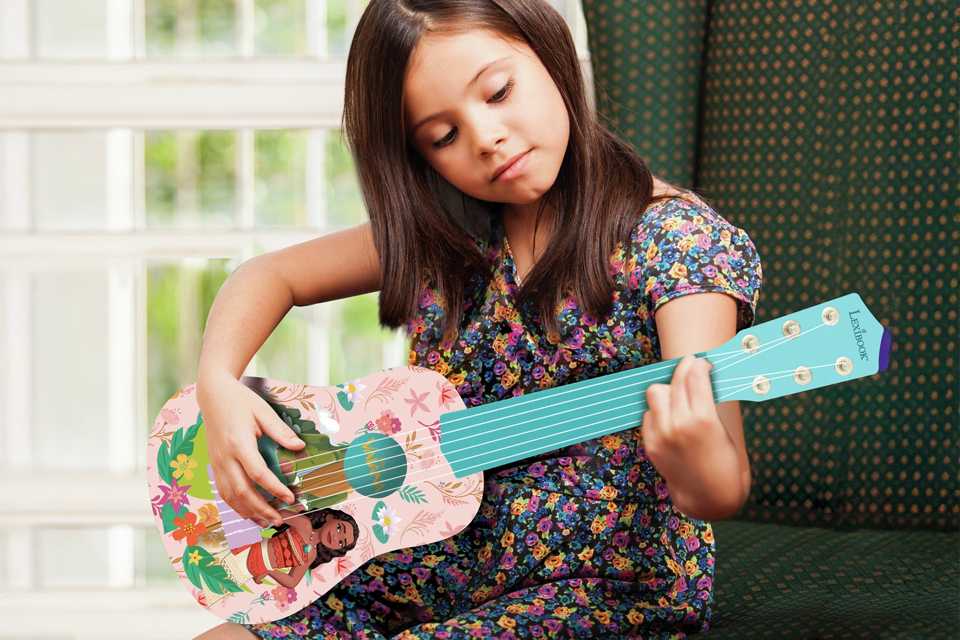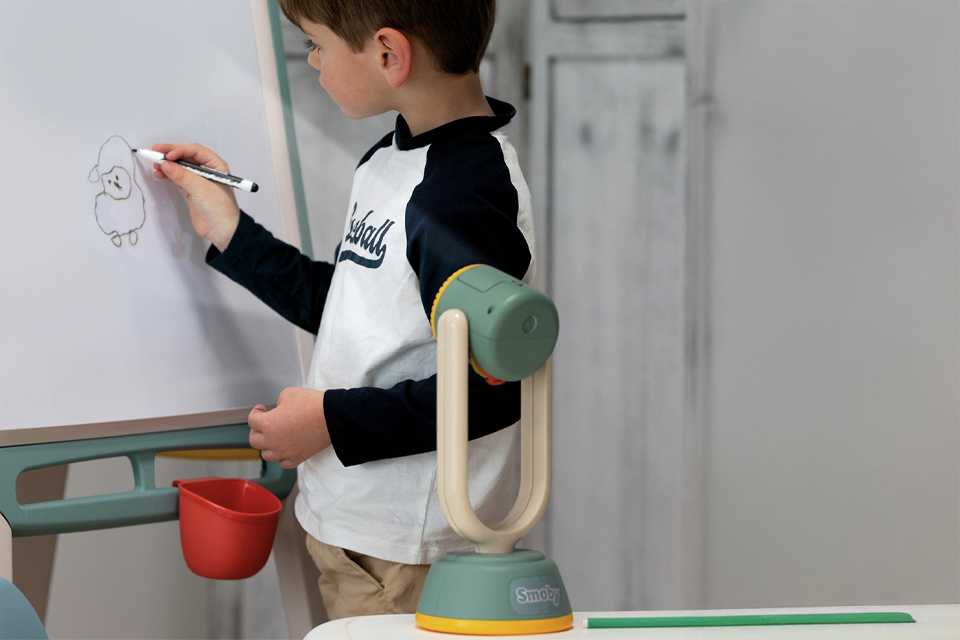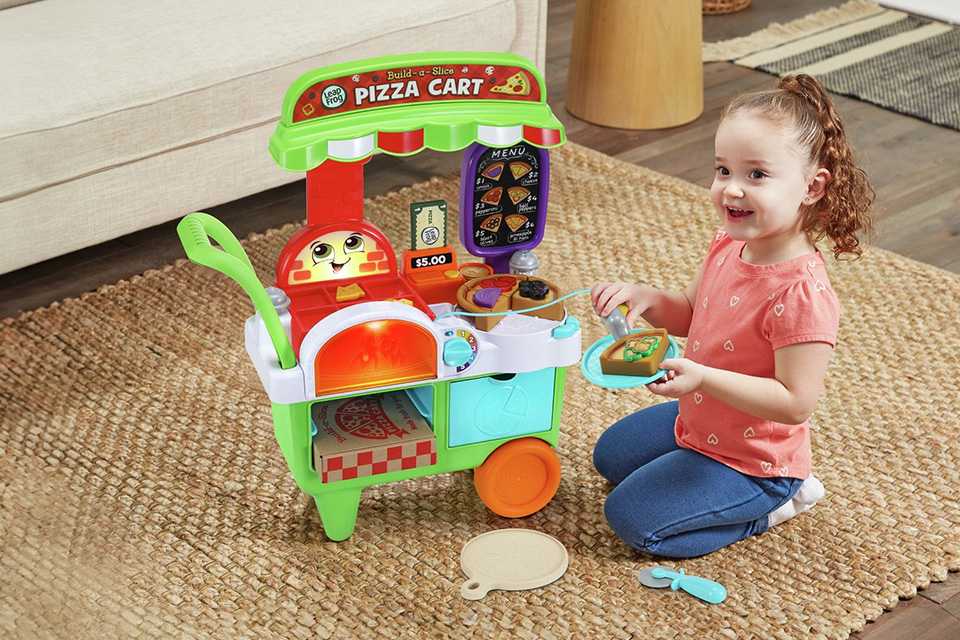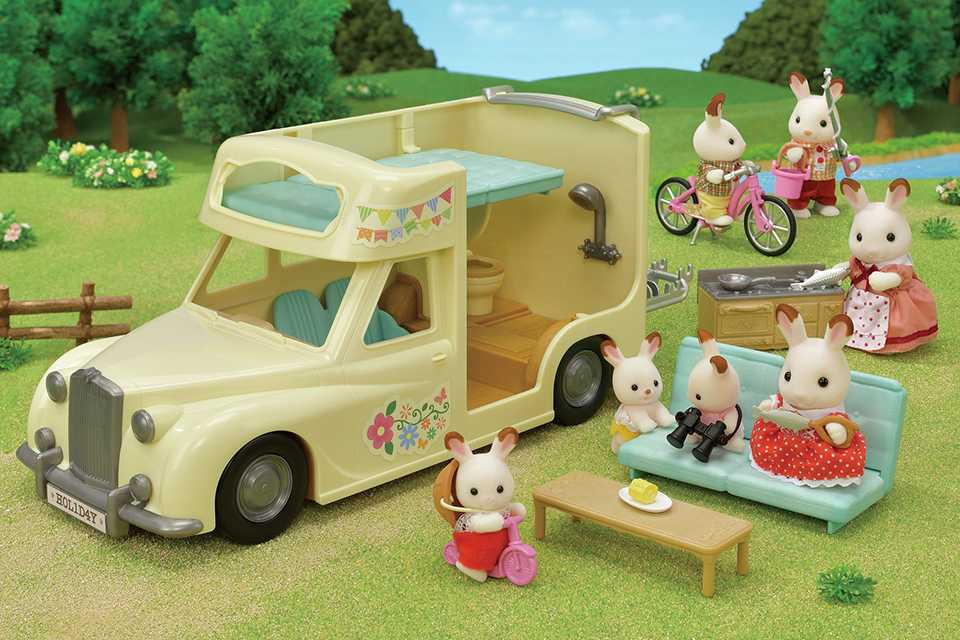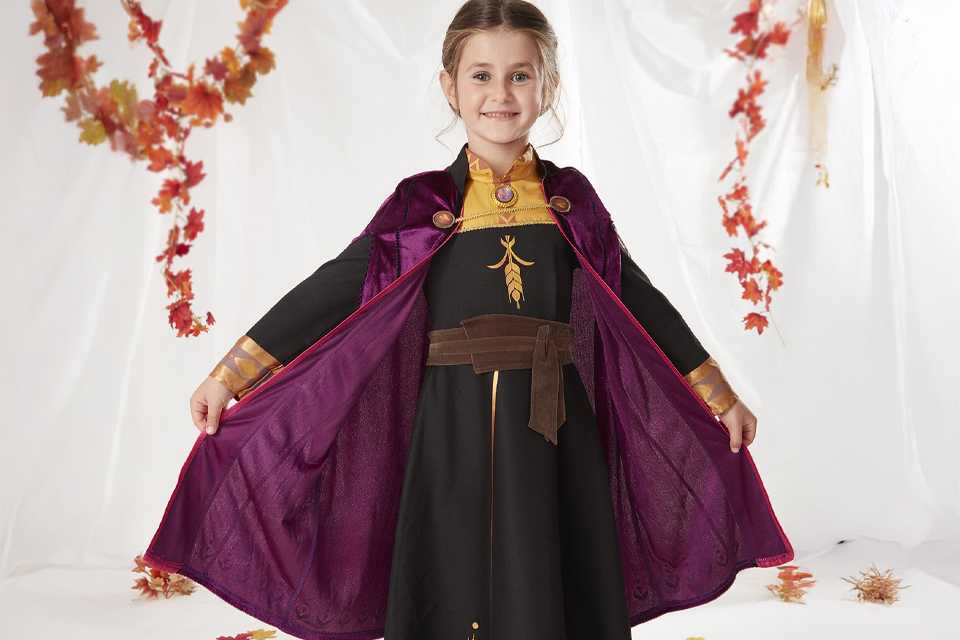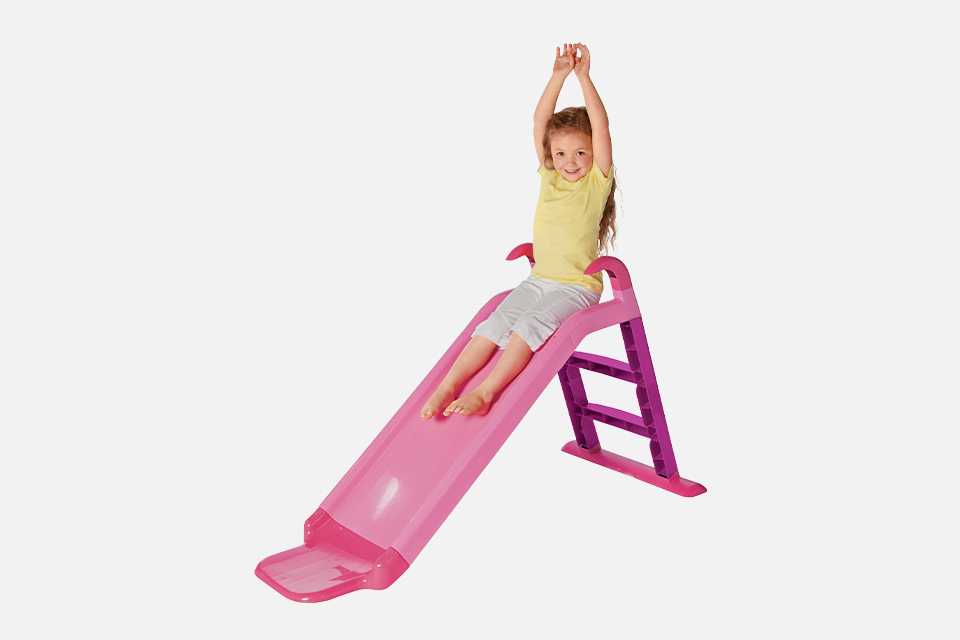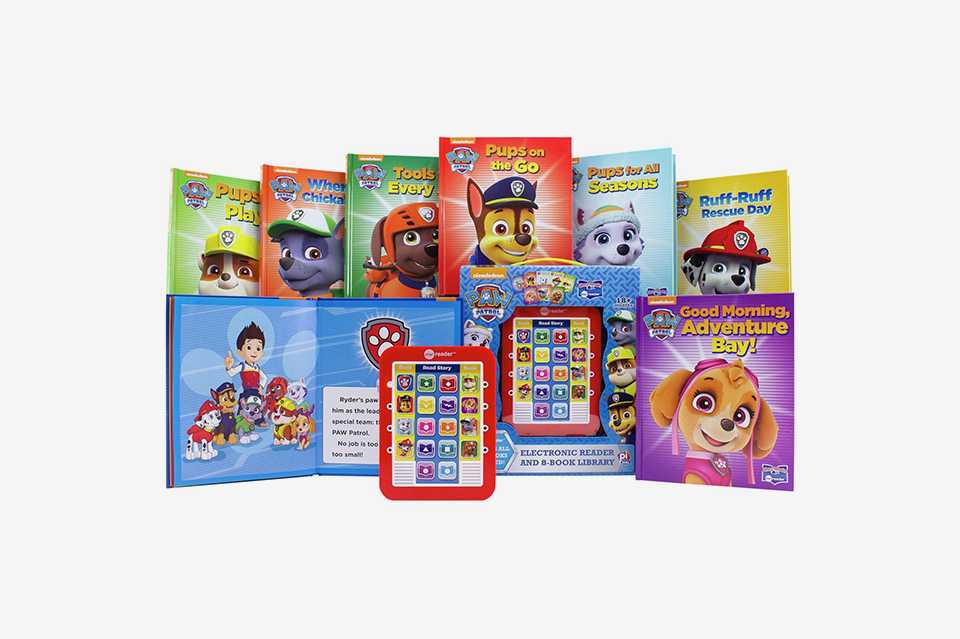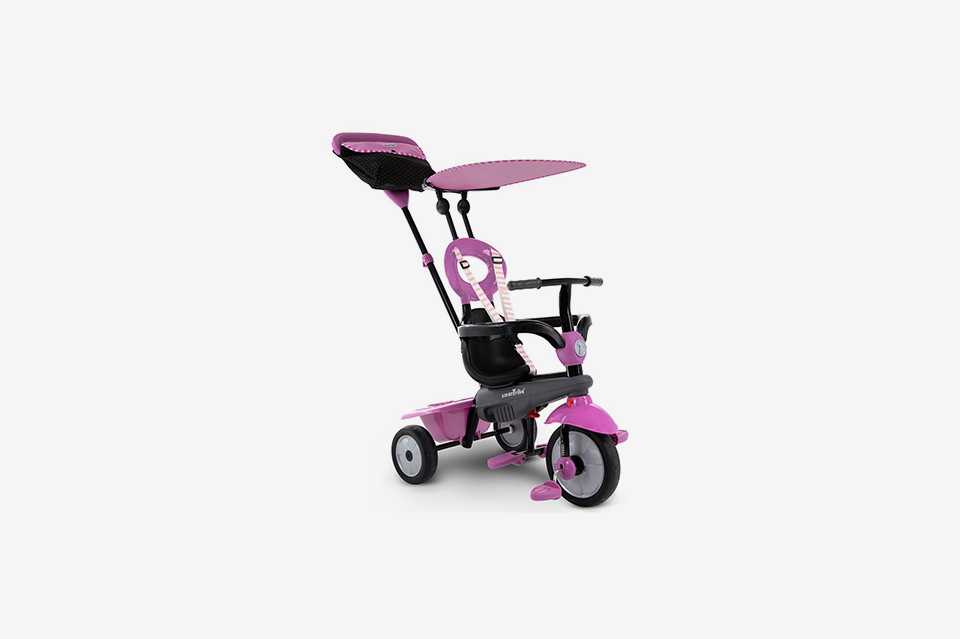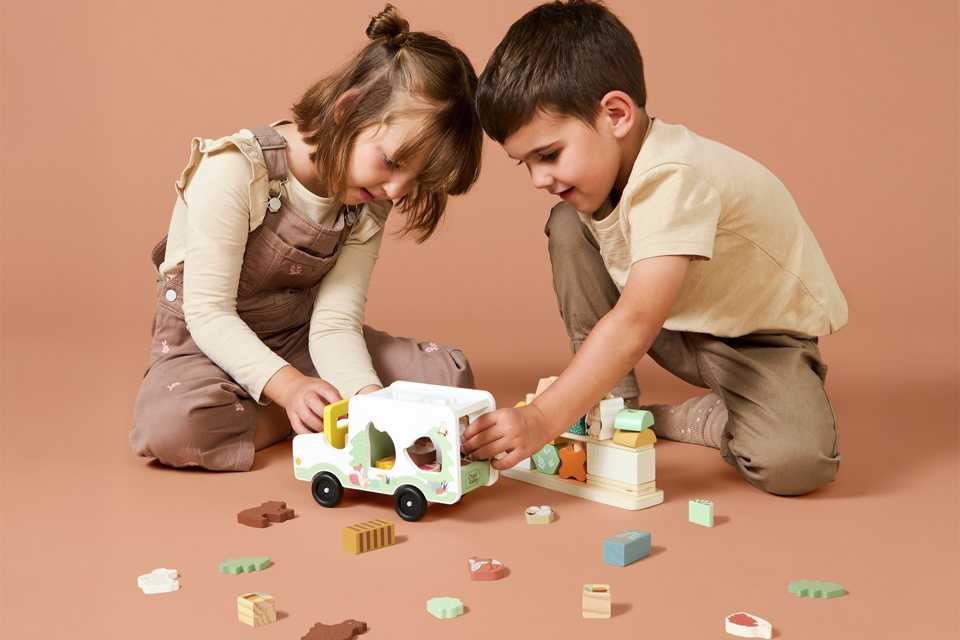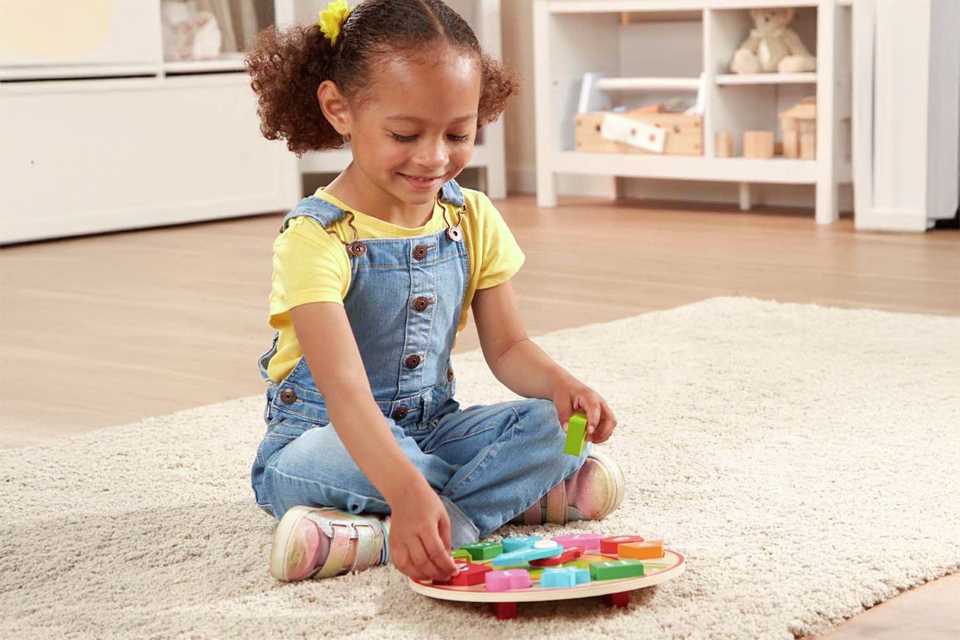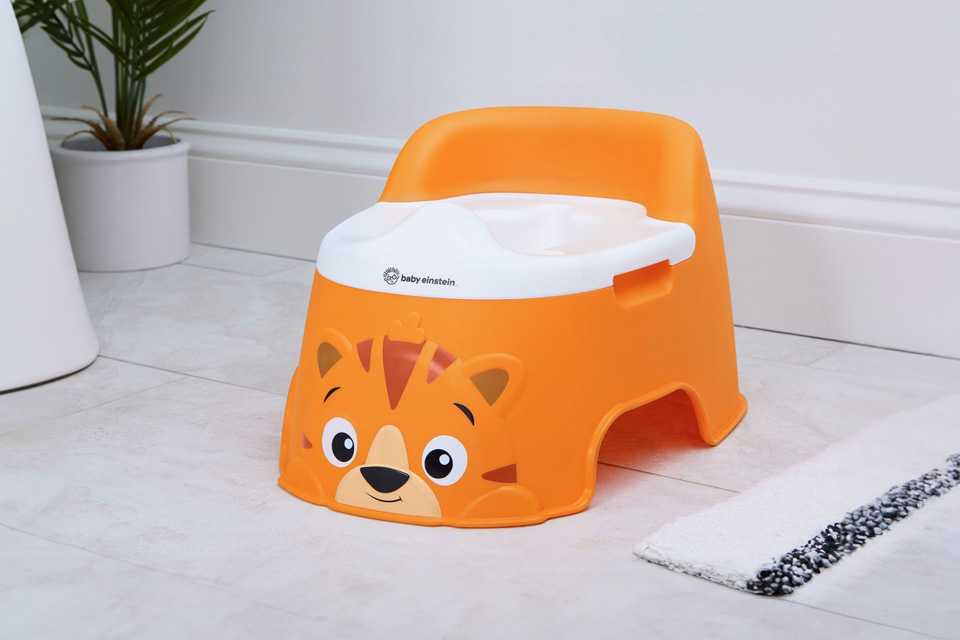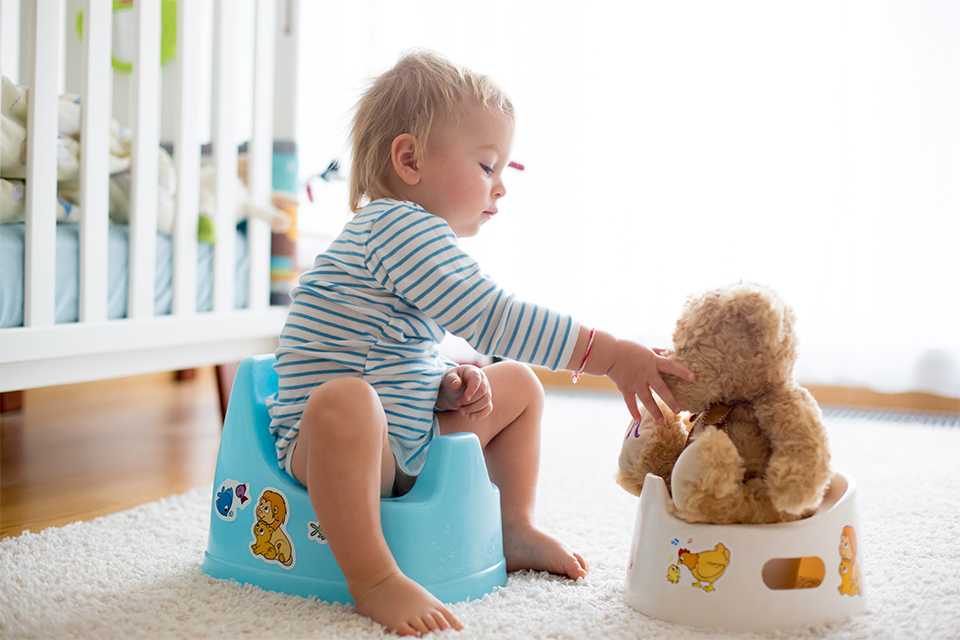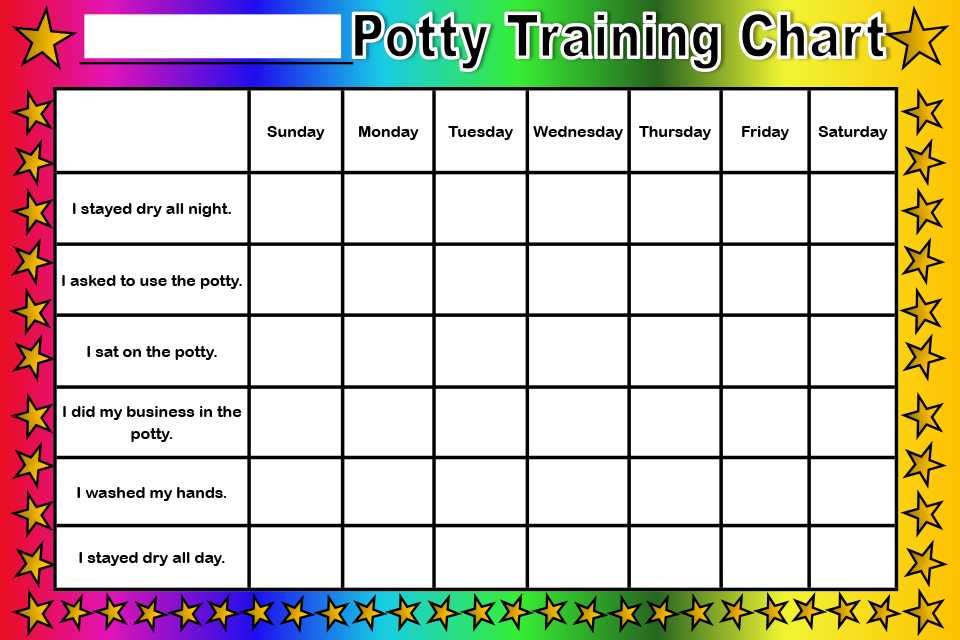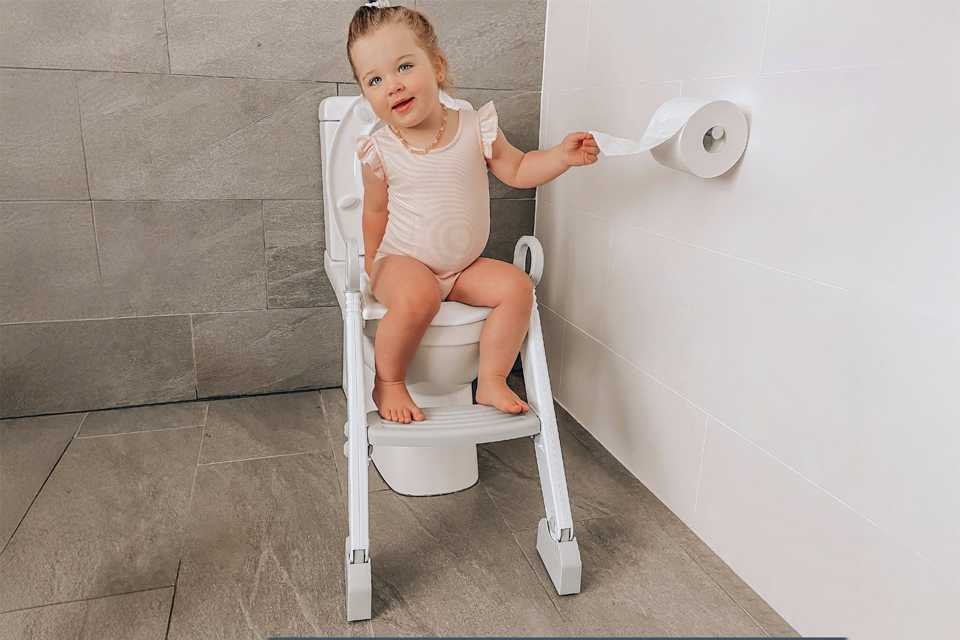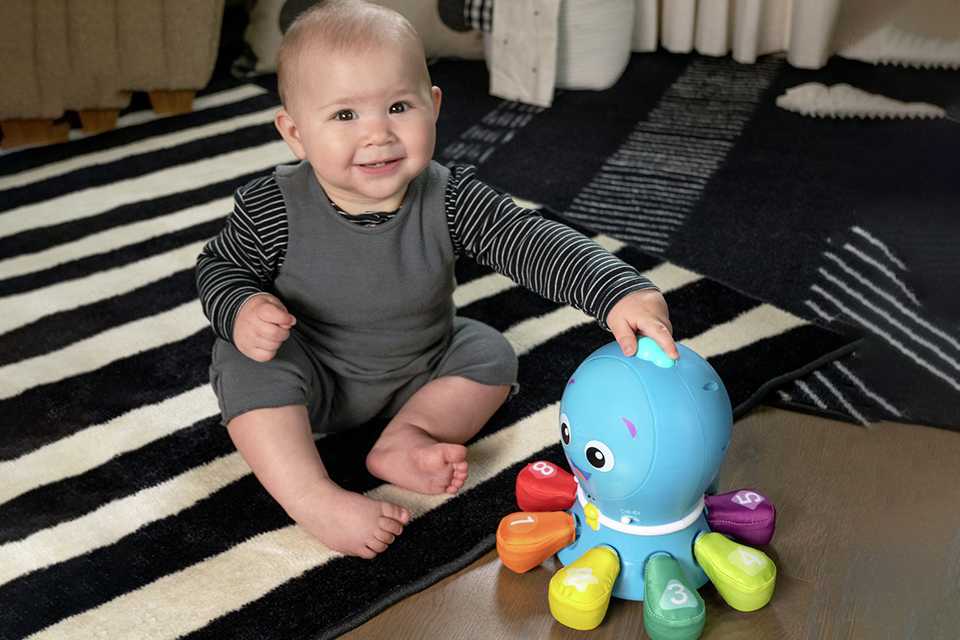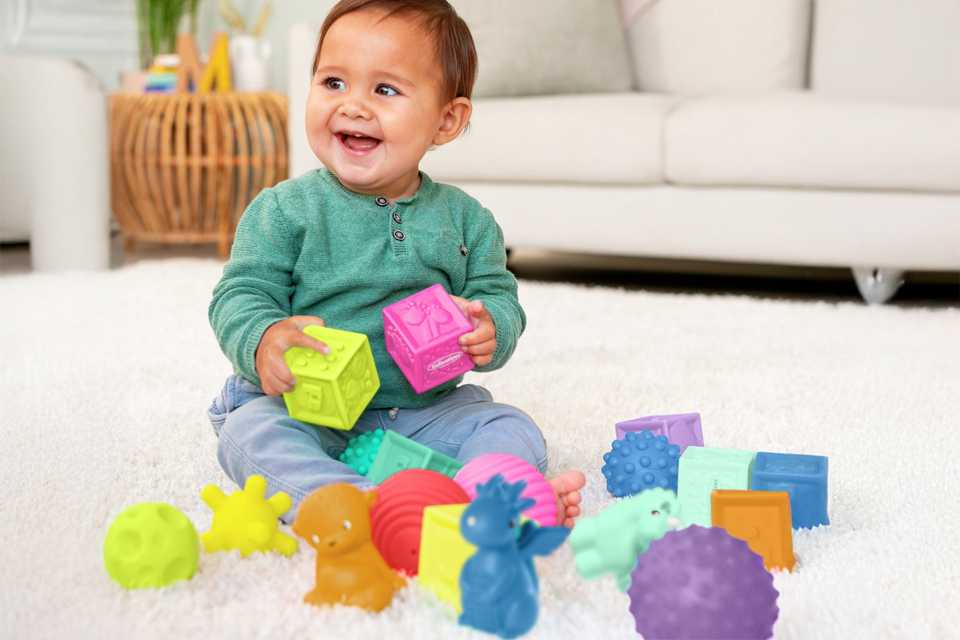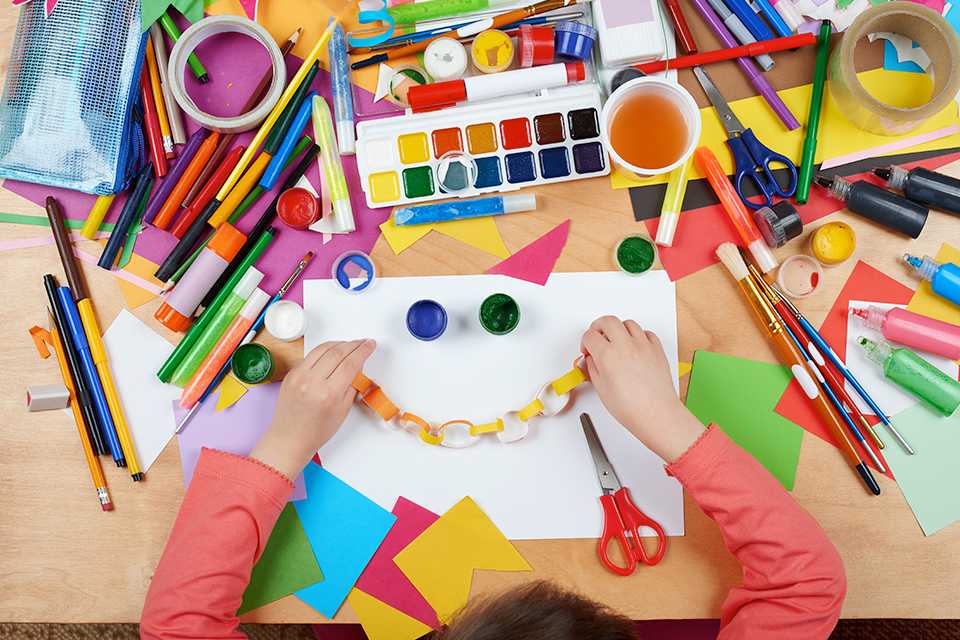Turn everyday play into something magical and meaningful. From sorting and stacking to creating and colouring, find fun learning activities for 2 - 3 year kids'.
New and popular toys for 2 to 3 year olds
Get them learning, moving and talking with the help of toys that encourage fun. Whether you're looking for everyday toys or the perfect gift, here are some of our favourite toys for your toddler's development.
Slider Grid
Toys for brain development
Expand their learning
Help them think about cause and effect through simple activities like water and sand play, turning the pages of a book, and pressing buttons. Build routines and introduce instructions - learning through play is the best way.
Activities to try...
Carousel
Toys for physical development
Fine & gross motor skills
From picking up small things with their fingers to running and jumping and using their whole body, developing motor skills through movement is super-important for healthy growth.
Activities to try...
Carousel
Toys for social development
Communication & friendship
Their independence and curiosity are growing as they make new friends. Group activities and cooperative play—like reading together, singing, and imaginative roleplay—help your child understand the world around them while expanding their knowledge, language, and imagination.
Activities to try...
Carousel
Top toy reviews
Reviews Carousel
Development stages and toy safety
Carousel
Potty training tips
When is your child ready for potty training?
Typically a child will begin to show signs that they are ready to begin potty training between 18 months - 3 years of age. Here are some signs to look out for to help you know when they're ready:
- They are aware when they have a wet or dirty nappy.
- They will tell you when they are going to the toilet.
- They know that they need to go and will say so in advance.
- They may fidget or hide when they need to go.
Activities to try...
Carousel
FAQs about early learning toys for 2 to 3 year olds
What do 2 year olds play with the most?
Two year olds love playing and performing activities that let them explore, pretend and move. At this age they are developing fast - physicallly, mentally and socially. Their favourites include blocks, ride-on toys, pretend play sets, musical toys and anything sensory.
What to buy for a 2.5 year old?
Look for educational toys that help them learn language, build motor skills and enhance their problem-solving skills. These toys include interactive building sets, role play kits, sensory games and drawing sets.
What is the 10 toy rule?
The 10 toy rule is a minimalist approach by many parents that limit the child's play area to just 10 toys at a time to encourage deeper and more creative play. It also aims at keeping the play are tidy and clean.
What are the best toys for toddlers' brain development?
The best toys for a toddler's brain development are puzzles that include bigger pieces and different patterns, activity toys that help them learn colours and encourage fine motor movement, and construction toys that make them think about what they're building.
What to buy a 2 year old girl for her birthday?
For a 2 year old girl's birthday, a learning toy is a great gift. You could choose from a range of toys for brain development, social development and physical development. Some toys include, puzzles, movement toys, cars and trucks, musical instruments, communication toys and interactive toys.
What are mentally stimulating toys for 3 year olds?
Toys that can challenge their thinking, boost their creativity and support early learning are the best toys for three year olds. Think interactive books, stacking games, toys with alphabet and numbers and story books.
